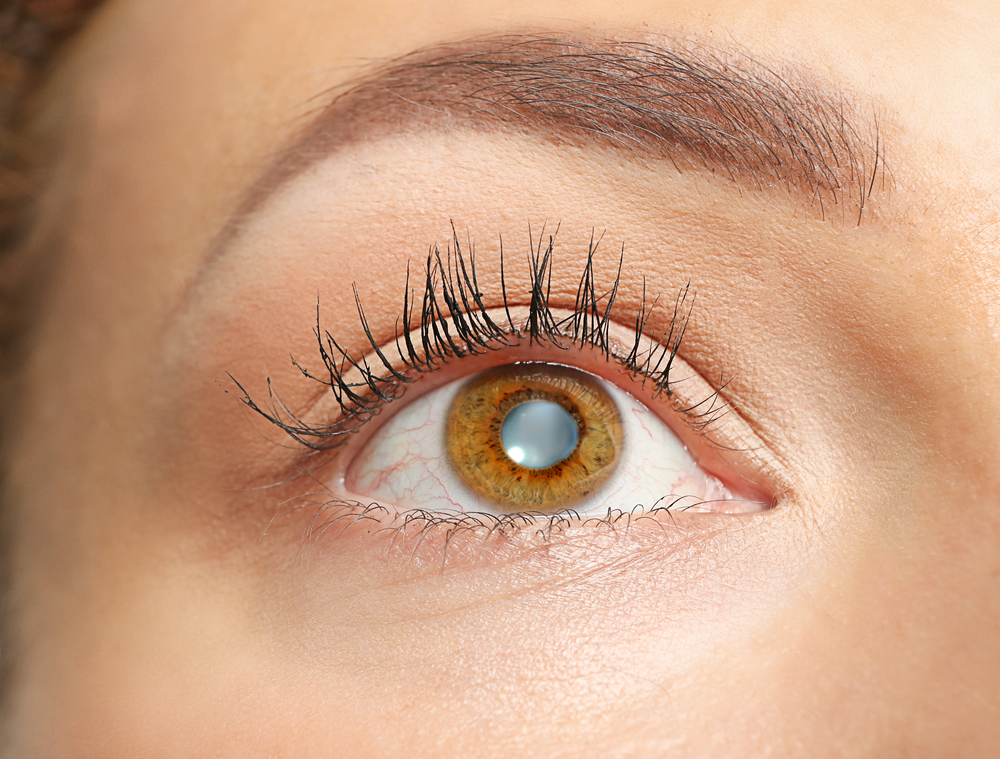
Cataracts are a common eye condition that affects millions of people worldwide. As we age, the natural lens of the eye can become cloudy, leading to a gradual loss of vision. Cataracts are often associated with older adults, but they can occur at any age, even in children. Understanding the symptoms of cataracts and recognizing the signs early on is crucial for maintaining good eye health and preserving your vision.
How do Cataracts Develop?
Cataracts develop when the proteins in the lens of the eye begin to break down and clump together, creating a cloudy or opaque area. This process can happen gradually over time, or it can occur more rapidly due to certain risk factors. As the cataract grows, it can block light from entering the eye, making it increasingly difficult to see clearly.
Risk Factors for Developing Cataracts
While aging is the primary risk factor for developing cataracts, there are several other factors that can contribute to their development:
Diabetes
Exposure to UV radiation
Smoking
Certain medications, such as corticosteroids
Previous eye injuries or inflammation
Family history of cataracts
It's important to be aware of these risk factors and to discuss them with your eye care professional, as they can help you take proactive steps to prevent or manage the development of cataracts.
Common Signs and Symptoms of Cataracts
The symptoms of cataracts can vary from person to person, but some of the most common signs include:
Blurred or cloudy vision: As the cataract grows, it can cause the lens of the eye to become increasingly cloudy, making it difficult to see clearly.
Sensitivity to glare: Cataracts can make it harder to see in bright light or when facing the sun, causing glare and difficulty with activities like driving.
Difficulty with night vision: Cataracts can make it challenging to see in low-light conditions, such as when driving at night or in dimly lit rooms.
Faded or yellowed colors: As the lens of the eye becomes more opaque, colors may appear faded or yellowed, making it harder to distinguish between certain hues.
Double vision: In some cases, cataracts can cause the lens to become distorted, leading to double vision in one or both eyes.
Frequent changes in prescription: If you find that you need to update your eyeglass or contact lens prescription more frequently, it could be a sign of developing cataracts.
It's important to note that not everyone will experience all of these symptoms, and the severity of the symptoms can vary. If you notice any changes in your vision, it's crucial to schedule an appointment with your eye doctor for a comprehensive eye exam.
The Importance of Regular Eye Exams for Early Detection
Regular eye exams are essential for the early detection and management of cataracts. During a comprehensive eye exam, your optometrist will be able to examine the lens of your eye and identify any signs of cataract development. Early detection is crucial, as it allows for timely treatment and can help preserve your vision before the cataract becomes more advanced.
If you are at a higher risk of developing cataracts due to factors such as age, diabetes, or family history, it's recommended to have your eyes examined more frequently, typically once a year or as recommended by your eye care professional.
Treatment Options for Cataracts
If you are diagnosed with cataracts, there are several treatment options available, depending on the severity of your condition:
Prescription Eyeglasses or Contact Lenses: In the early stages of cataract development, your eye care professional may recommend using prescription lenses to help improve your vision and manage the symptoms. Wearing anti-glare sunglasses can help reduce the glare and sensitivity to light caused by cataracts.
Cataract Surgery: For more advanced cases of cataracts, cataract surgery may be recommended. This procedure involves removing the clouded lens and replacing it with an artificial intraocular lens (IOL) to restore clear vision.
Your optometrist will work with you to determine the best treatment option based on the severity of your cataracts and your overall eye health.
Schedule Your Comprehensive Eye Exam with Eyes of San Antonio Today
Recognizing the signs and symptoms of cataracts is crucial for maintaining good eye health and preserving your vision. By being aware of the risk factors, understanding the common symptoms, and scheduling regular eye exams, you can take proactive steps to detect and manage cataracts early on.
If you are experiencing symptoms of cataracts or concerned about your eye health, schedule an appointment with Eyes of San Antonio. We are committed to providing personalized and comprehensive care to help you maintain clear, healthy vision. Visit our office in San Antonio, Texas, or call (210) 366-1021 to book an appointment today.







